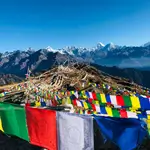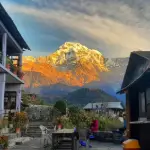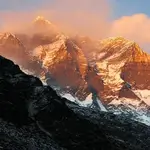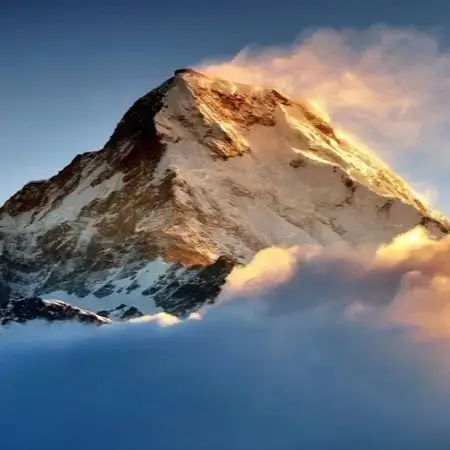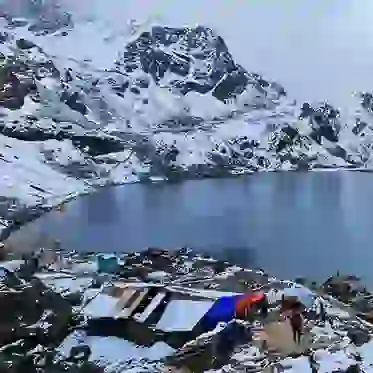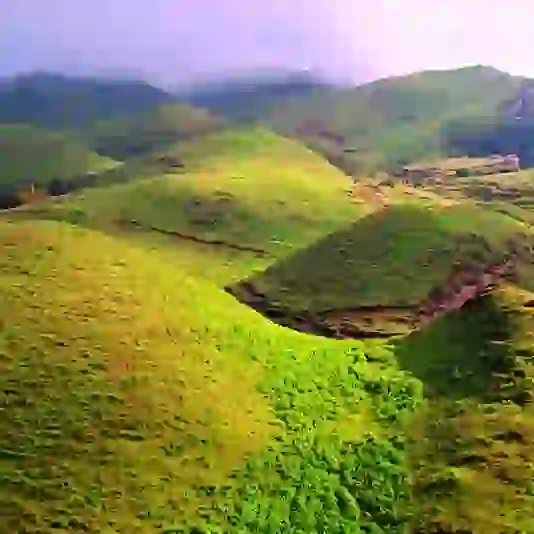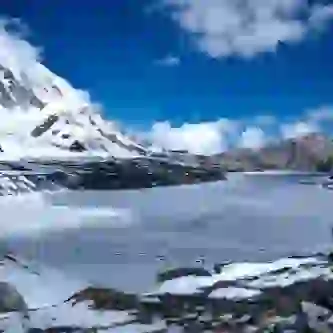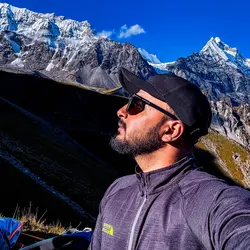Jhapa may just be the most diverse of the districts in Nepal. Jhapa is home to about 110 ethnic groups out of the nation's total of 126 castes/ethnic communities and groups, including the endangered Ganesh (Gangai) and Santhal tribes.
The southern part of the Jhapa district is populated with the majority of oppressed indigenous tribes. At the same time, the Muslim and Rajbhnashi communities inhabit the local units bordering Kachankawal and Kichakvadh. Today in this article, we discuss the diversity of Jhapa and the seven places you can't miss while in the region.
Cultural Diversity of Nepal
Each ethnic community/group found in Jhapa is as diverse as the other one and vibrant culturally. Although festivals like Siruwa, Dadikado, and Fagu are significant to the Rajbanshi people, Sorahaya, Dashain, and Faguwa are times of merrymaking for the Santhals.

Nepal's Cultural Kaleidoscope Unveiled
You will discover a cultural fusion of people ranging from Magars to Kirats to Brahmins to Chettris to Tamangs and so on as you travel further to the district's northern belt towards Arjundhara, Bahundangi, and Shivasatakshi regions.
Delicacies of Jhapa
It is widely accepted that a place with such cultural diversity would likely have a mixed bag of delicacies to offer to its visitors. Some of the must-haves in Jhapa include dishes such as Bhakka (rice flour cake), better known as Idli in India and Machha-Murai (puffed rice with fish) that are indigenous to the Rajbanshi culture.
Food supplies from the various rivers and streams are the keystone for locals, so prepare yourself to feast on river crabs, snails, and several other fish species on your plate.
The Limbu culture is one of the ethnic groups that has had a significant impact on the locals' fooding habits here. Since pork meat plays a major role in the kitchen of Limbu, it is highly recommended to try the popular curry pork dish cooked with Yangben (wild edible lichen).
Seven Places To Visit While In Jhapa
Jhapa is also home to many holy attractions and wetlands outside of its dynamic community. For a wholesome Jhapa experience, here are seven essential destinations to visit. They are:
- Satakshi Dham
- Arjundhara Dham
- Biratpokhar
- Kichakavadh
- Krishnathumki
- Jamunkhadi Wetland
- Hiledhap Wetland
A brief description of these seven landmarks has been given below.
Satakshi Dham
Satakshi Dham better known as the "Second Janakpurdham of Nepal". This religious Hindu site is mostly visited during Bala Chaturdashi's festival. People come to pay homage to their family members and ancestors who have already passed.

Satakshi Dham: Spiritual Tranquility Captured
Credit:Nepaltravellers.com
Satakshi Dham has a pond named Pandav Yagyakunda, a garden called Draupadi Talau, and a cave named Parbati Gufa. This ancient Hindu site lies in the Shivasatakshi municipality, which lies about 38 km northwest away from Chandragadi's Bhadrapur Airport.
Arjundhara Dham
Located in the south-eastern part of Nepal is Arjundhara Dham. It is situated in the district of Jhapa, in Nepal's Mechi region. It is a 45-minute flight from Kathmandu's Tribhuwan International Airport (TIA) to Bhadrapur Airport (Bhadrapur) and a 30-minute drive to Arjundhara Dham from Bhadrapur.

Arjundhara Dham: Sacred Spiritual Retreat
Credit:nepaltravelguide.com
It is 6 km north of the business hub of Birtamode. Although it used to be in Arjundhara VDC Waard No. 04, it now lies in the municipality of Arjundhara. Since Nepal has recently been split into provinces, this site lies in Province No.01.
Biratpokhar
Biratpokhar is located in the Eastern Region of Nepal. The capital of the Eastern Zone, Dhankuta, is approximately 77 km away from Biratpokhar. The gap between Biratpokhar and the capital of Nepal, Kathmandu, is about 291 km.
In Jhapa, Biratpokhar is a renowned tourist attraction. Seven ponds of varying sizes are found here. Legend has it that since the era of the Mahabharata, these ponds have always been in place.
It is a legend that King Birat came to the ponds here to wash away his thirst. In order to safeguard the ecological community of the area, this position is also similarly vital, locals claim. Biratpokhar is one of Birtamod Municipality's most popular places and is only about 4 km away from the main town of Birtamod.
Kichakavadh
Kichakavadh, which is approximately 10 km from Bhadrapur Airport, is also one of the most important historical and religious tourist spots in Jhapa.

Kichakavadh: Epic Mythical Encounter
Credit:Landnepal.com
Legend has it that Kichakvadh is also the location where King Birat built a Natya Ghar (a theatre) during his reign. Every year, the Department of Archaeology carries out excavation work here. A team of archaeologists discovered eight-room houses and other artefacts during a recent dig.
Archaeologists claim that these artefacts and ruins are more than 2,000 years old.
Krishnathumki
Krishnathumki is enveloped in rich legends that are tempting. Locals speak about centuries of stories of how Lord Krishna used to graze his herd of cows here. A resident, Mahendra Malla, said Krishnathumki was named after a hill where Krishna, as a cowherd, was especially fond of grazing his cattle.
This place is vital for tourists as you can see Kurseong and Mirik of the Darjeeling district in India. Five other hills are similar to Krishnathumki. Together, these peaks are known as Pandavthumki.
Jamunkhadi Wetland
In the Kankai Municipality of Jhapa District, the Jamunkhadi Wetlands or Jamunkhadi Simsar are wetland conservation campaign in eastern Nepal.

Jamunkhadi Wetland: Nature's Tranquil Oasis
Credit:landnepal.com
It was established to be built inside the community forest as a travel destination in Wards 2 and 5 of Surunga VDC (now the Dandagau district of Kankai). Situated about one kilometre from the East-West Highway, it protects an area of about 10 hectares in a 25-hectare forest reserve.
More than 5,000 domestic tourists make a visit to Jamunkhadi every day. This wetland is preferred as a picnic spot by the Jamunkhadi area residents and those living around the region. Deer, pangolins, leopards, porcupines, among others, live in the wetland. A leisurely boat trip on Lake Jamunkhadi will give you an insight into the wildlife's natural environment.
Hiledhap Wetland
Hiledhap Wetland comprises seventeen ponds with over more than 1.5 million fishes living in them. You can also witness roosters, turkeys, goose, ducks and several other species of birds.

Hiledhap Wetland: Serene Nature Haven
Credit:nepaltravelguide.com
Although there is currently no boating service in the wetlands, locals have been planning to start one. This way, Hiledhap Wetland can have a more significant flow of tourists.


